Renowned beer writer Des de Moor will be joining us to give a talk about the IPAs that helped put the Lea Valley on the beer map. Des has recently published the third edition of his fantastic book, London’s Best Beer, Pubs & Bars and there will be an opportunity to buy a copy signed by the author. Free entry, no booking required.
IPA
Cashmere Brut IPA is Gluten Free!
For quite some time, we’ve thought it likely that our Cashmere Brut IPA would be gluten free, but as with all things that could be harmful to anyone, we had to make sure. Along with many of our other beers, Cashmere is treated with Brewer’s Clarity, which contains a highly specific fungal endopeptidase enzyme to help remove haze from beer. One of the things that is cleared out by the enzyme is gluten – reducing the residual gluten in the beer is effectively a side effect of reducing the haze and trying to make our beer clearer.
As all our beer is vegan, we don’t use isinglass finings in our beers, meaning we have to find other ways to make them clear. We use Brewer’s Clarity as part of that process meaning that a beer being both gluten free and vegan is no coincidence.
We recently sent off a sample of our bottled Cashmere Brut IPA to Murphy & Son for testing and today we received the results: the beer has less than 10 parts per million gluten, meaning it’s well within the 20 ppm legal limit to call it gluten free.
We’re always looking for ways to make our beers more accessible. Making them all vegan was an easy first step, but we’ve been dragging our heels on taking on the gluten free world because we’ve had so much else going on – but now we’re proud to say that our Cashmere Brut IPA is gluten free and we’re thrilled that this means that even more people will be able to enjoy it!
Spotlight On… Holtwhites Bakery & Deli, Enfield
In the second of our series on our regular stockists, brewery manager Glenn talked to Kate, the co-founder of Holtwhites Bakery & Deli in Enfield to find out about all things bread!
Spotlight On… Bready Beginnings
Kate told us that she can’t remember what her life was like before setting up the bakery with her husband, Richard, in 2011. She said, “Life was slightly crazy because I was running a micro-bakery from home, I had young children, I was working as a social researcher and Richard was a Spanish teacher.”
Kate and Richard were baking for friends and word got out. They would bake on Friday nights and it got to the point that they’d have 60 people lined up outside their house on the Saturday, waiting to pick up their weekend loaves. Having a deli was part of their original plan, as it made sense to serve tasty cheeses and other delicacies.
The couple lived just around the corner from the shop they set up in, so they knew the area and the space seemed perfect. As they lived on Holtwhites Hill, it made sense to use a local name for the new venture.

Spotlight On… Rising to the Challenge
Glenn asked Kate about the challenges she’d faced in setting out: “On opening day, I’d never operated a till!” On a more serious note, Kate said that being responsible for the livelihood of her staff is a massive responsibility, but there is a good network of support amongst bakers so she and Richard could ask questions when they needed to.
Spotlight On… the Proof of the Pudding
Kate and Richard pride themselves on only using the best quality ingredients and traditional, “slow” baking methods which means that their products look, smell and taste great naturally. They aim to delight their customers with great customer service and want their shop to be a warm and welcoming haven for people who love good food.
Kate said she thinks the business is such a great success because, “It’s a labour of love. We really believe in the product.” She thinks that regular customers would describe the bakery as a nice place with a lovely community atmosphere.

Spotlight On… Going Against the Grain
Of her products, Kate’s favourite bread is the sourdough rye and the 100% wholemeal. Portuguese custard tarts are very popular with the customers. She’s seeing a big interest in Scandinavian baking at the moment, along with a surge in interest in vegan products – Kate thinks that’s down to people converting to veganism (rather than the bakery attracting new customers who are vegan). Around thirty per cent of the coffees that Holtwhites sell are served with oat milk.
Spotlight On… Liquid Bread
Holtwhites started stocking Beerblefish bottled beers before Christmas to complement their existing line up of craft ales. So far, they’ve had 1820 Porter, 1892 IPA, Infinite Improbability Saison, Amarillo Single Hop and Cashmere Brut IPA.
Kate told Glenn that her customers love Beerblefish beers, saying, “When we first started stocking the beers, one customer noted that he was a fan already.” Apparently, the Cashmere Brut IPA has also attracted a core following!
Spotlight On… Blooming Romance
Glenn asked Kate if any romance had bloomed in the bakery: “Besides staff… I’m not aware of any customers getting together, although it is a friendly atmosphere in here so it may have happened!”

What’s the difference between lager and IPA?
First, let’s look at the differences you’ll notice when you actually drink them. The amount of hop bitterness is a big differentiator. IPAs are often highly hopped (more than40 IBU and commonly over 60 IBU), whereas lagers are generally far more subtly hopped (around 20-40 IBU). IBUs are international bittering units, a standardised way of quantifying bitterness in beers.
Traditionally Lagers would have used Noble Hops (Saaz, Hallertauer Mittelfrüh, Tettnang, Spalt), whereas an IPA would have used Goldings and Fuggles. Modern IPAs, such as the west coast and east coast styles from the USA are often more bitter than the traditional British variety and use newer hop varieties, including Simcoe, Amarillo, Mosaic and Citra.
These days any beer can use any hop – we have more hops and world trade means we can get some hops from Germany, New Zealand or the USA just as easily as we can from local hop growers, but it is unusual to find a very hoppy, bitter lager or a subtly-hopped IPA.

Now for a science lesson, as we look at the technical differences.
The main difference is the yeast. Ales are typically brewed with a top fermenting yeast, S.Cerevisiae whereas lagers are brewed with a bottom fermenting yeast, S.Pastorianus.As a result of the different yeasts used, ales are fermented at higher temperatures (14-20℃) than lager(10-12℃); the ranges can be larger but these are a rough guide. Some steam lagers are fermented at ale temperatures but with a lager yeast.
A lager would typically be allowed to warm towards the end of the primary fermentation for a couple of days diacetyl rest but this is not always required with an ale. However, if your ale has fermented at the lower end of the yeast’s preferred temperature range, it may benefit from a diacetyl rest.
Lager fermentation usually takes longer than ale fermentation due to the lower temperatures. Steam lagers can finish just as fast as an ale, reaching final gravity in four to five days.
Lagers should, according to their name, be stored for a period of time in secondary/lagering vessels: lager means storehouse or larder. This is not always required and a drinkable lager can be produced in under two weeks, but we would question if it should be called a lager if it has not been stored at 0-4℃ for a week or more.

Now for a short history lesson: how did lagers and IPAs evolve?
Lagers were first made in Bavaria and later in Bohemia (with pilsner) in the early nineteenth century. IPAs started out in London, then production moved to Burton upon Trent. Both these paler varieties of what had gone before were made possible by new indirect kilning methods that allowed for the production of lighter malts.
This little bit of history is important, as lager is usually made with a double or triple decoction mash, whereas IPAs are generally made with the British-style single temperature infusion mash. There are no hard and fast rules though. You could technically make either with either method, and these days many lagers are made with single infusion and, although we’re not aware of any IPAs made with decoction, it can be done. We know a few German brewers who would be horrified to think of a Lager made by British and, therefore, incorrect methods.

Decoction mash versus single temperature infusion mash
There is a very long and complicated explanation for this, but the short answer for our purposes is: in a single temperature infusion mash, the water (liquor is heated to about 75℃ and all the grain (grist) and about a third of the total liquor are mixed together, creating a mash at about 65-67℃. This is then allowed to stand for an hour for the enzymes in the grains to convert the starches in the grain into sugar. You want the lovely sugar as this is what the yeasts will eat and turn into alcohol and other delicious flavour compounds.
The other two thirds of the water are used to shower (sparge) the grain to wash out the remaining sugars.
This method is only possible due to thermometers. Without the ability to accurately measure temperature, single infusion would be highly error prone. The evolution of well-modified, consistently malted barley strains has also helped the reliability of this method.
Decoction mashing, on the other hand, is a far older method, in which you do not need a thermometer. You just need a way to measure time and to boil a mixture of grain and water (the mash). In decoction mashing, grain and water are mixed and then portions of the resulting mash are pulled out of the mash tun, brought to the boil and then returned to the mash tun. This way, even without a thermometer, the malt can be taken through the acid rest, protein rest and saccharification rest consistently – no modern technology needed.
The major downside of double or triple decoction mashing methods, we think, are that they take much longer than single temperature infusion mashes; but the purists would argue they are the one true way to make a lager.

In these enlightened days of brewing, where methods and ingredients travel so easily, the remaining hard and fast differentiator between IPAs and lagers is the different yeasts used to produce them – they are the little ones that do all the work and we brewers just have to keep them warm (or cold) and feed them sugars so they can do the important bit!
First Pint
This was a very exciting day, today I was able to order my beer in a pub. I had dreamed of this day ever since the first home brew in Manchester. As you can see I was too excited and had had a bit before saving the moment for posterity. My first pint of Bloodletter IPA went down very well.
It was a wonderful evening with many great comments from customers, friends and family.
Thank-you all for helping make this possible.


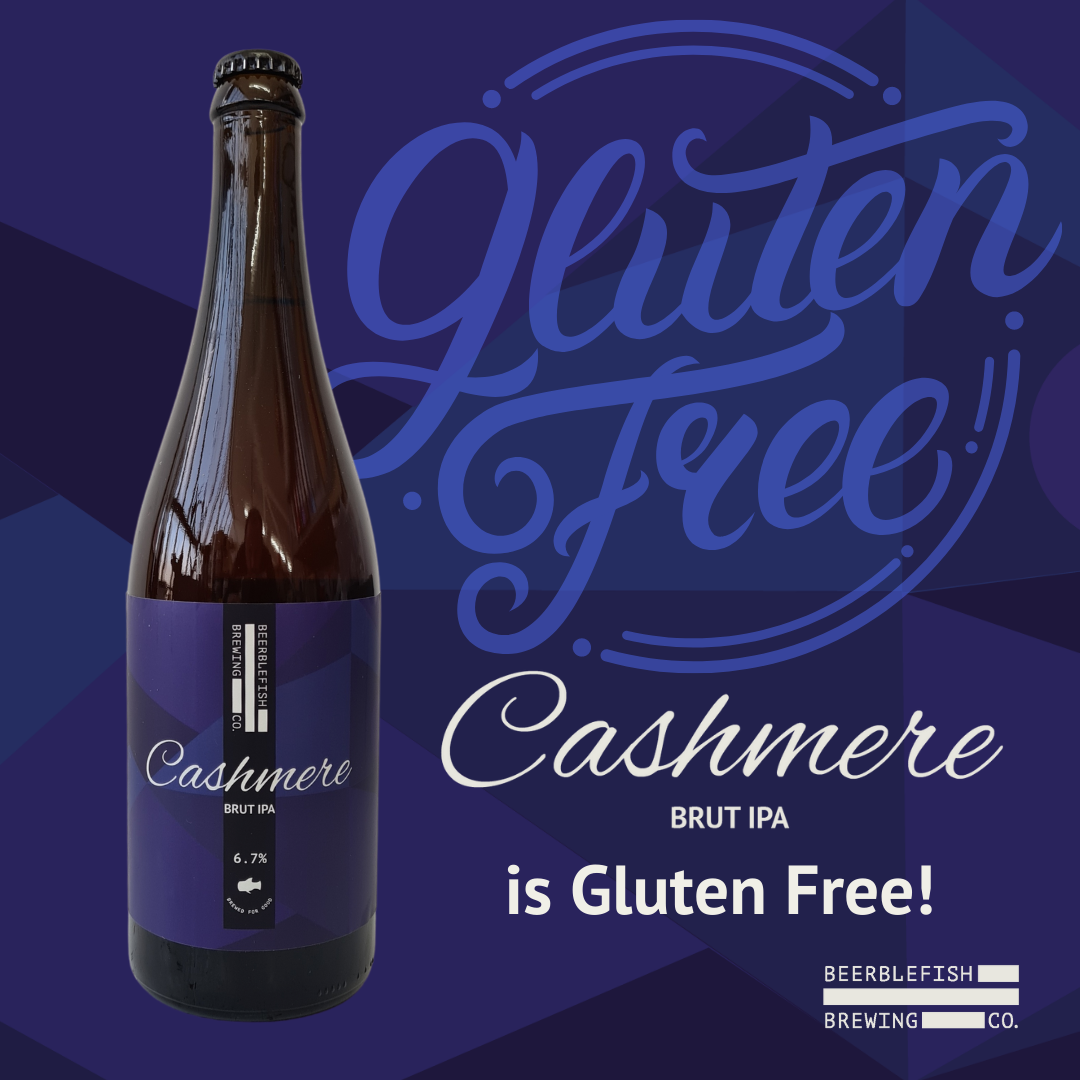
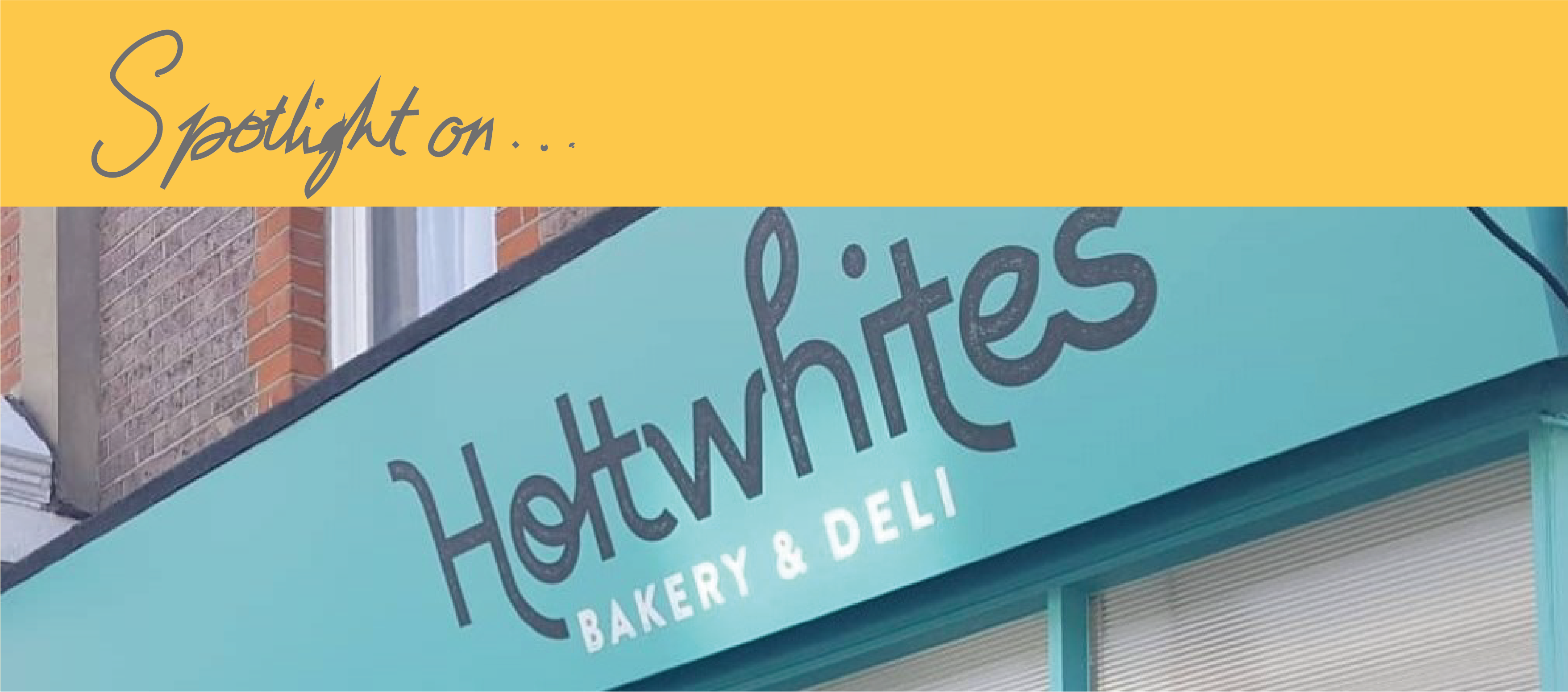
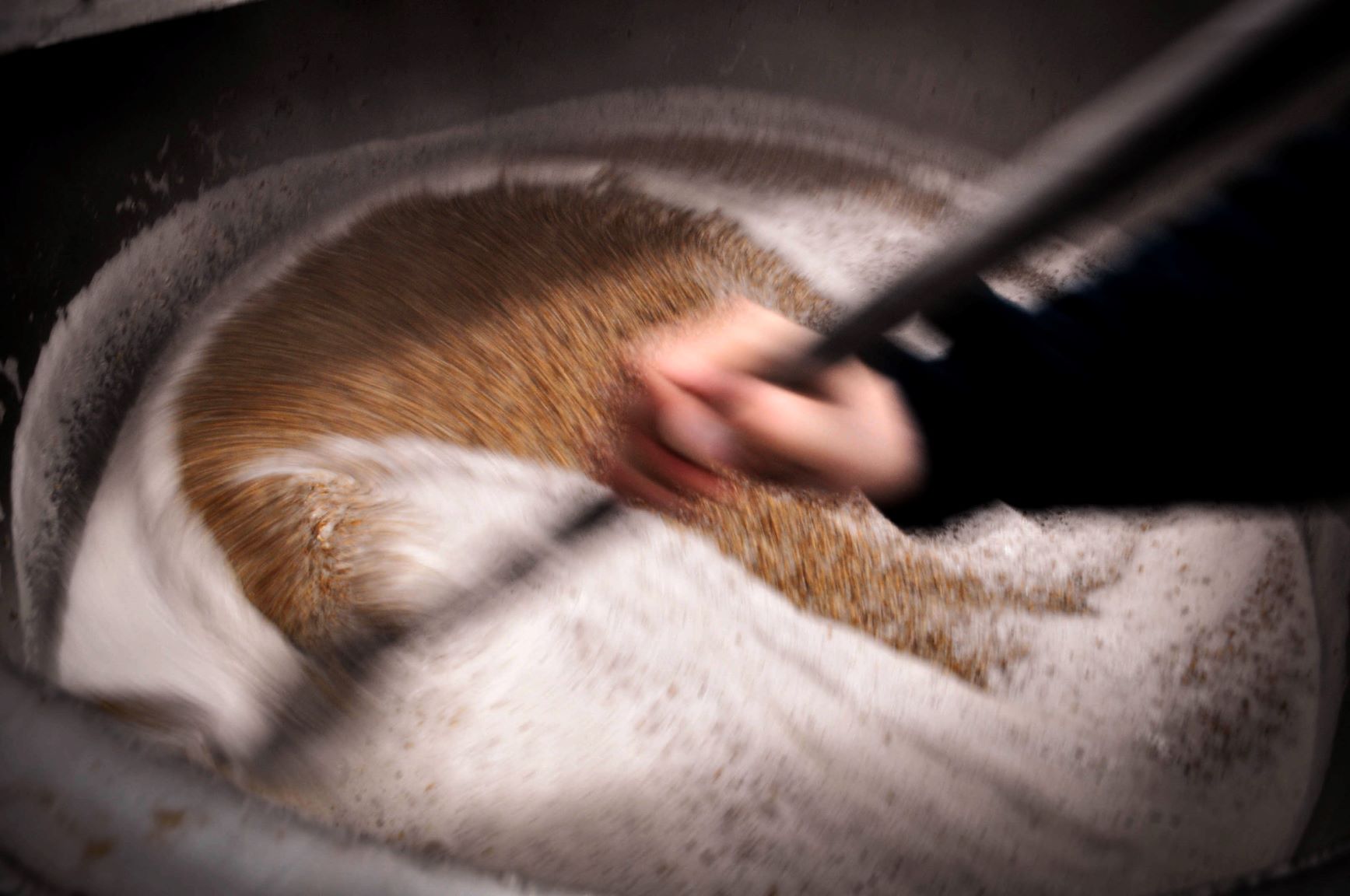
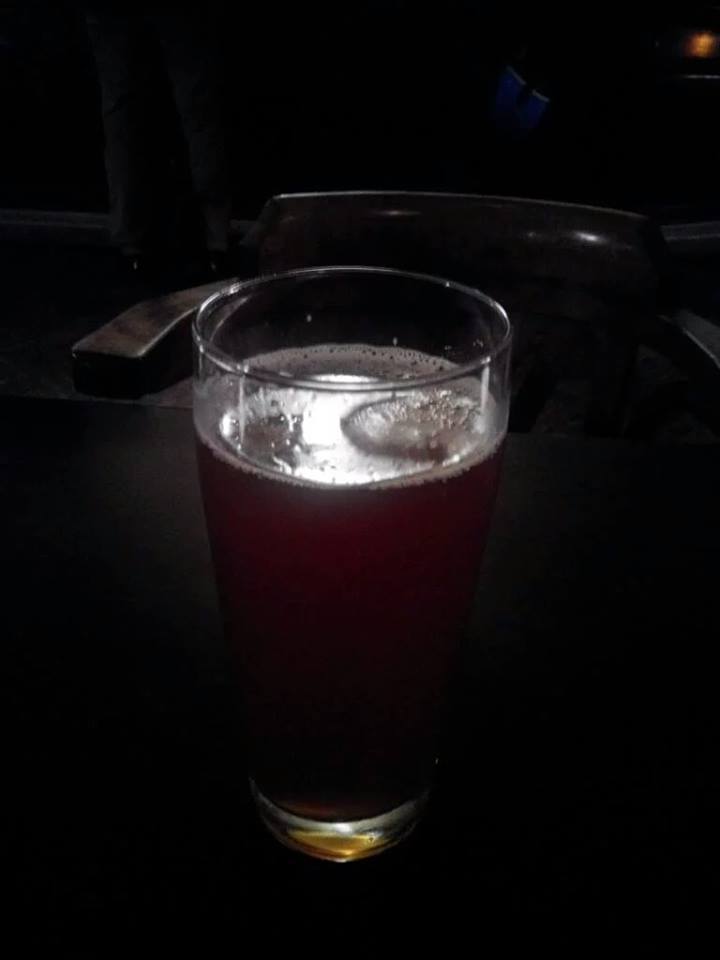
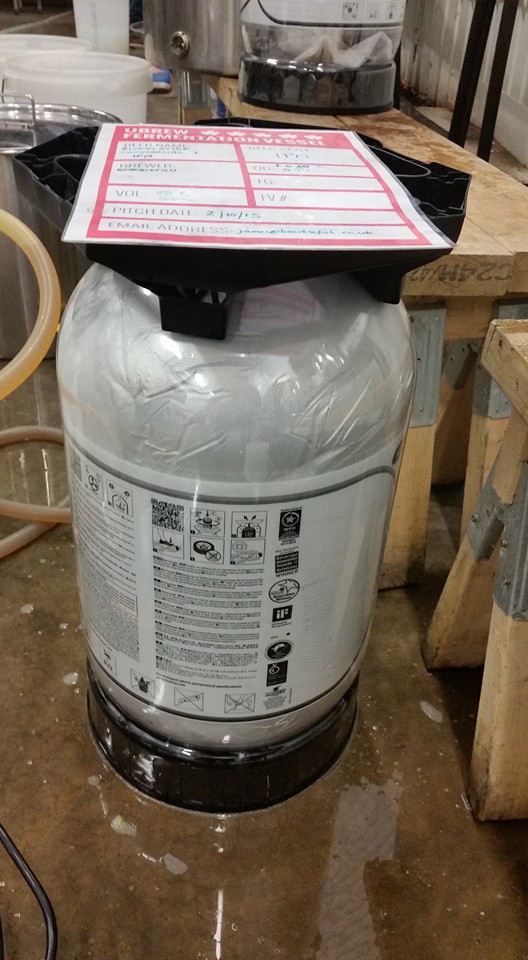
Recent Comments